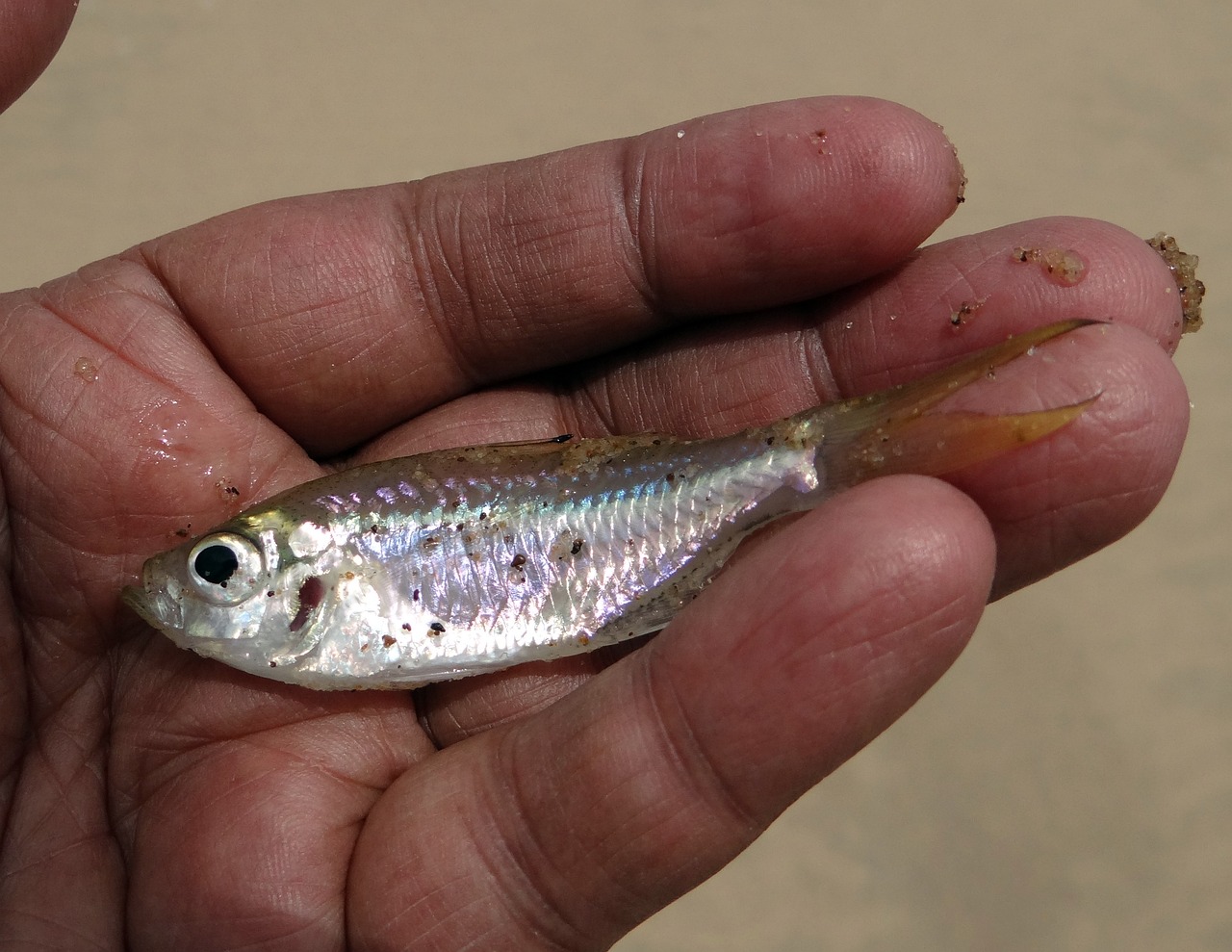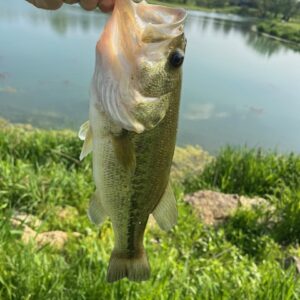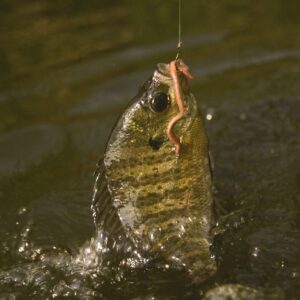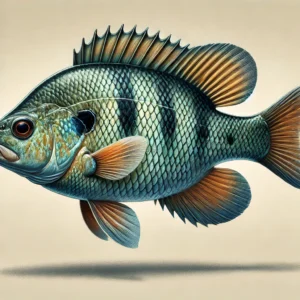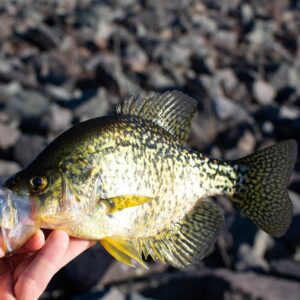The fathead minnow (Pimephales promelas) is a small, adaptable freshwater fish native to North America. It’s commonly used as bait, in aquaculture, and as a model species for ecological and toxicological studies. The fathead minnow is a versatile and resilient species that plays a crucial role in freshwater ecosystems. Its adaptability, small size, and importance in both natural environments and human activities make it a valuable species for study and management.
Appearance
Color: Fathead minnows have a generally olive-green to brownish body with a lighter, silvery underside. They often exhibit dark spots or vertical stripes along their sides, which can be more prominent in certain environments or during specific life stages.
Size: They are relatively small fish, typically growing to lengths of 2 to 3 inches (5 to 8 cm). In some cases, they can reach up to 4 inches (10 cm) but are rarely larger.
Body Shape: They have a somewhat cylindrical body with a slightly flattened head and a short, blunt snout. Their fins are relatively small and their tail fin is forked.
Habitat
Range: Fathead minnows are native to a broad range across North America, from southern Canada to the central and eastern United States. They have been introduced to various regions beyond their native range.
Preferred Environment: They are highly adaptable and can thrive in a variety of freshwater environments, including lakes, ponds, streams, and rivers. They prefer cool, clear waters with moderate to slow current and can tolerate a range of water conditions.
Behavior
Feeding: Fathead minnows primarily feed on small aquatic invertebrates, such as insects and crustaceans, as well as algae and detritus. They are opportunistic feeders and can adjust their diet based on availability.
Activity: They are generally active and social fish that often form schools. They tend to stay near the surface or mid-water levels and can be quite agile in their movements.
Spawning: Fathead minnows spawn in the spring and early summer. They lay their eggs in nests built by the males, often in shallow, well-oxygenated areas. The males create a nest by clearing a small area on the substrate and then attract females to lay eggs in this nest. After fertilization, the males guard the eggs until they hatch.
Fry Development: The eggs hatch into larvae that are relatively small and develop quickly. The fry are known to form schools and are highly active from an early age.
Angling and Conservation
Fishing: Fathead minnows are commonly used as bait for larger fish due to their abundance and attractiveness to predatory species. They are also used in live wells and as a food source in aquaculture operations.
Conservation Status: Fathead minnows are not considered threatened or endangered. They are abundant and have a wide distribution, making them a resilient species.
Ecological Role
Food Source: They are an important food source for many larger fish, birds, and other aquatic predators. Their presence in an ecosystem supports a balanced food web.
Indicator Species: Due to their sensitivity to changes in water quality, fathead minnows are often used in environmental monitoring and toxicity testing to assess the health of aquatic ecosystems.

